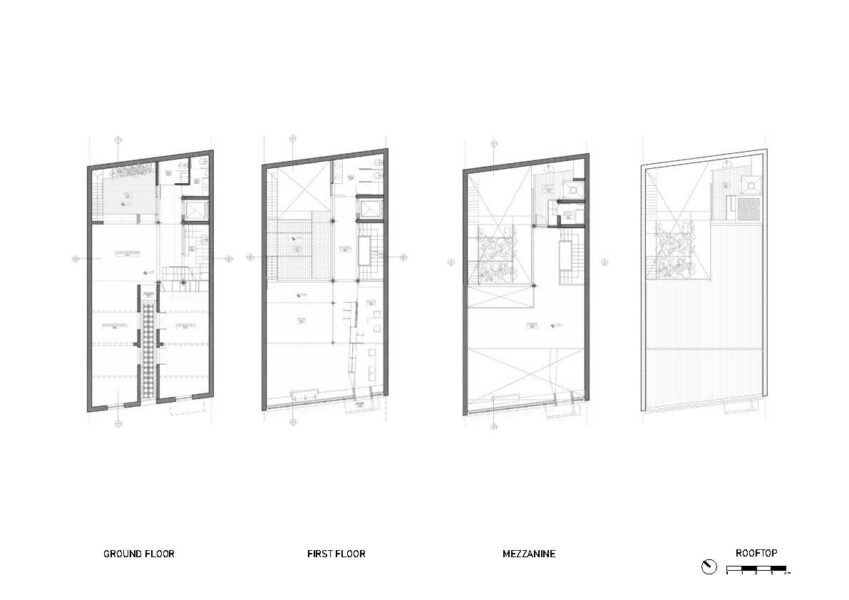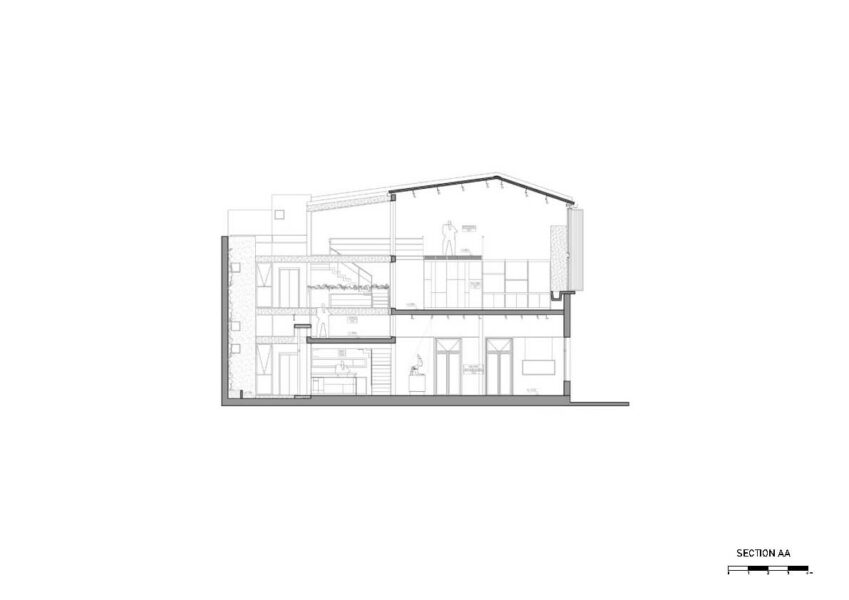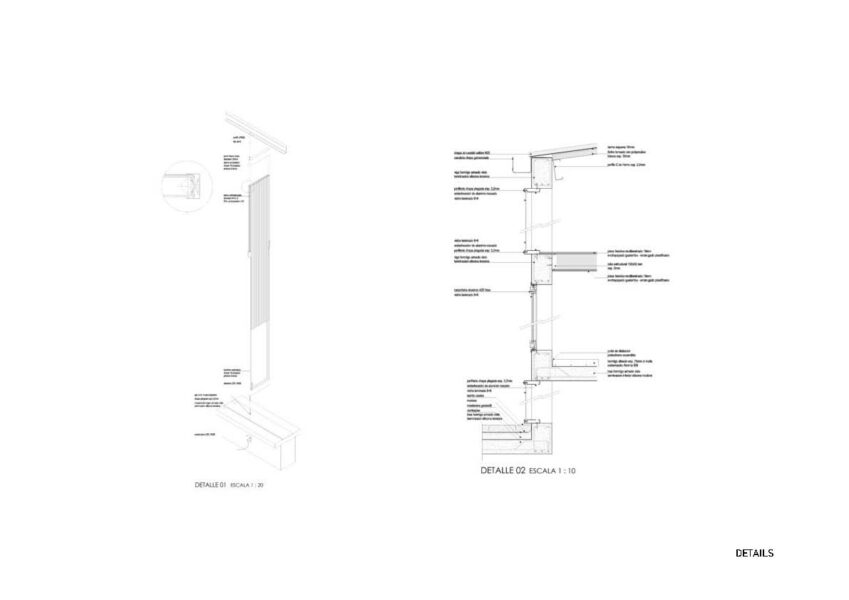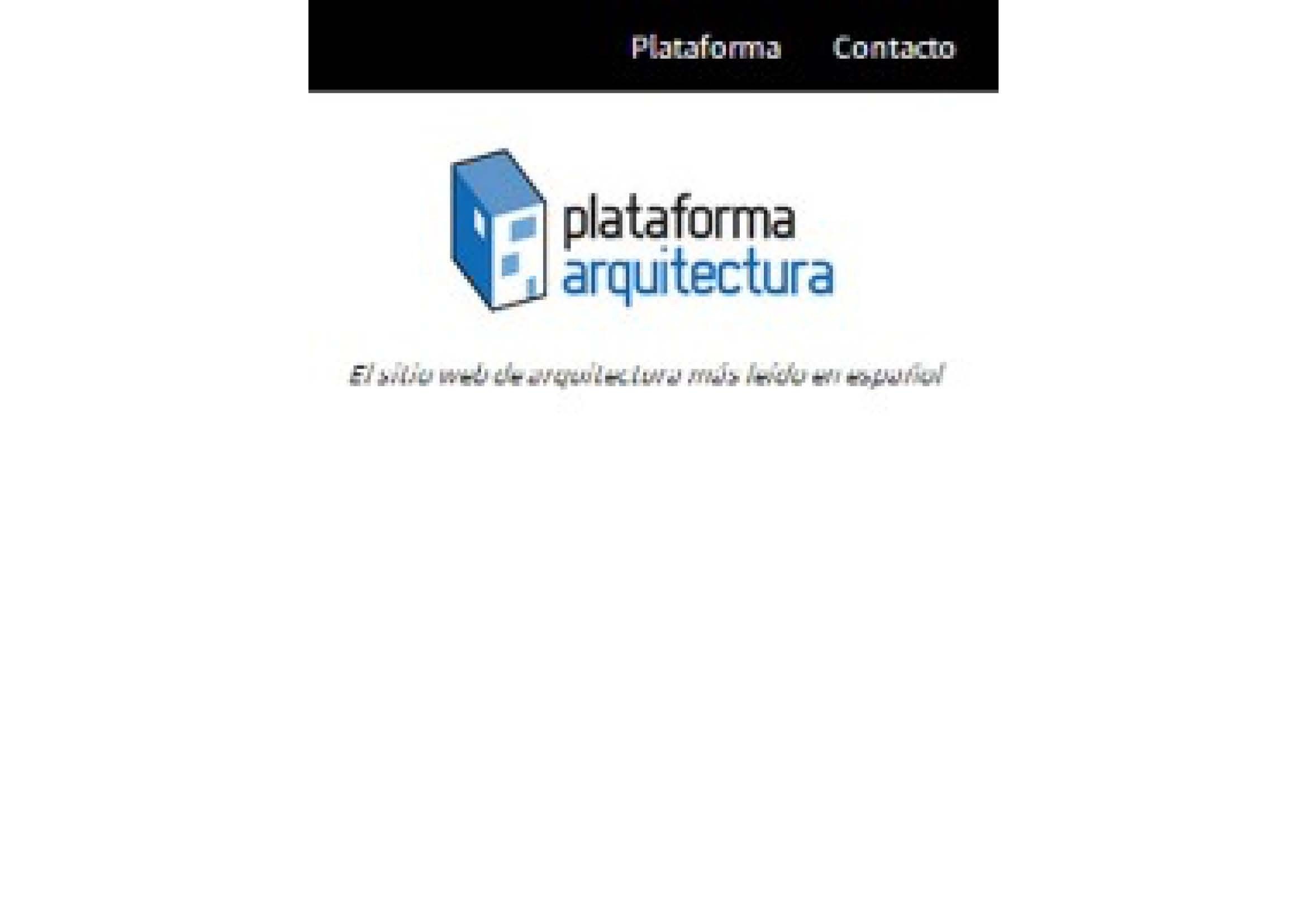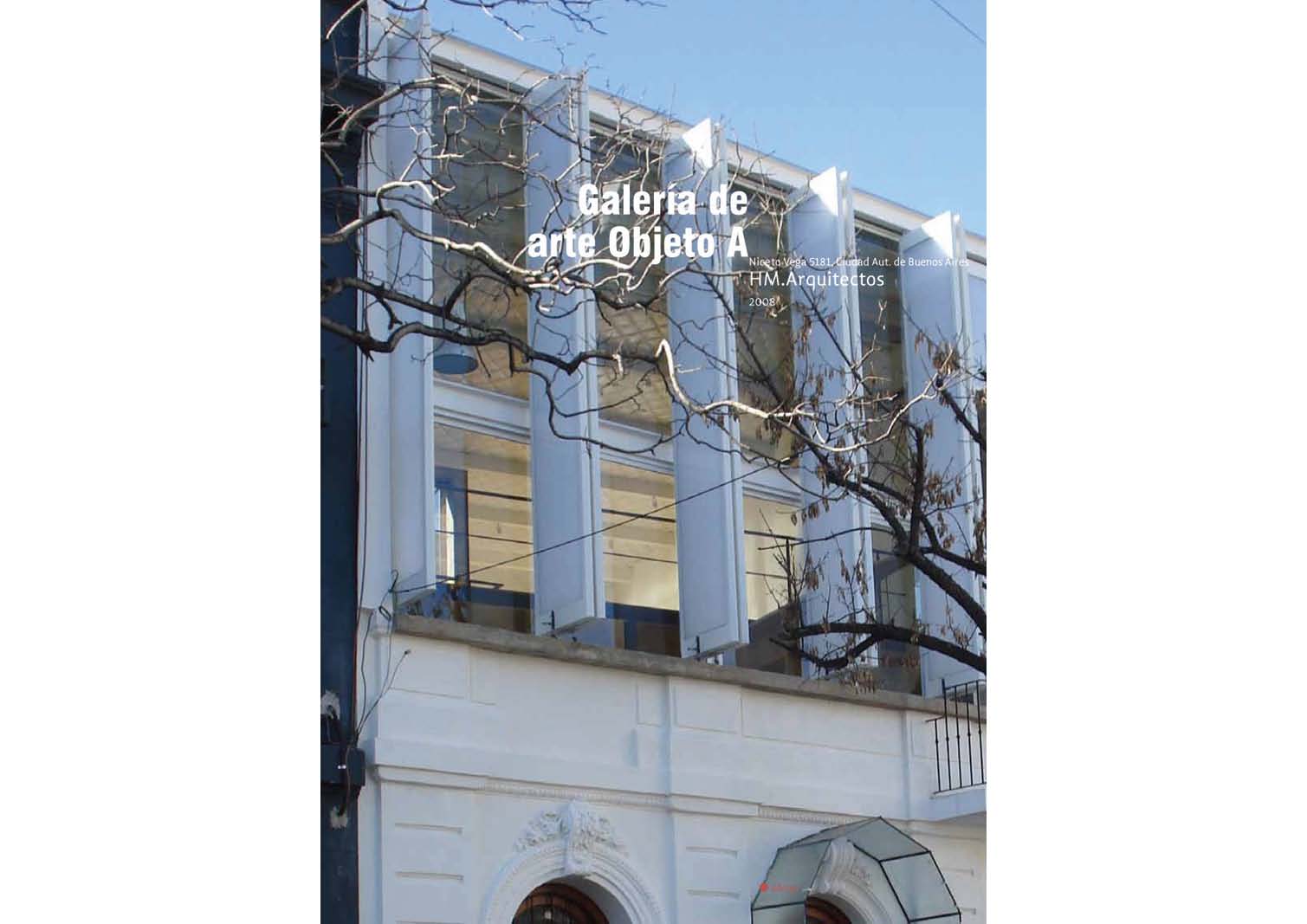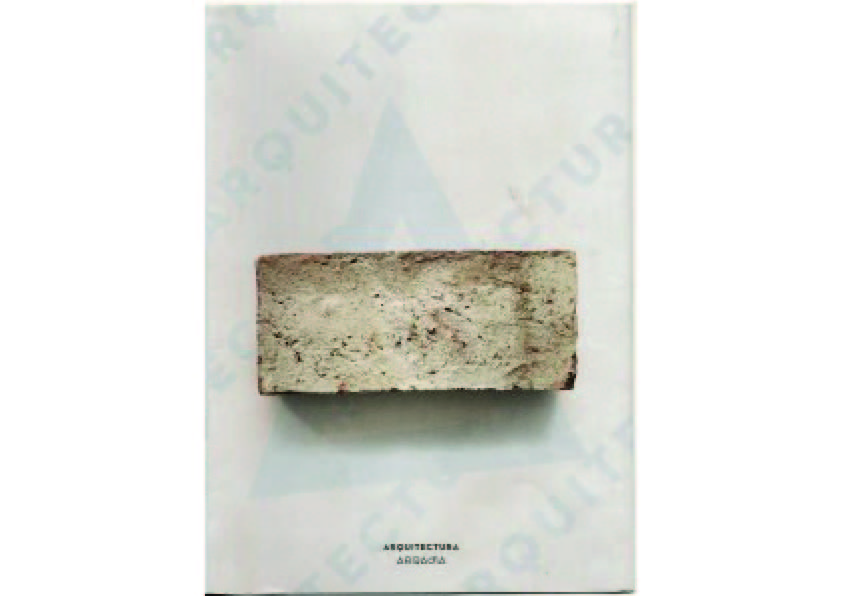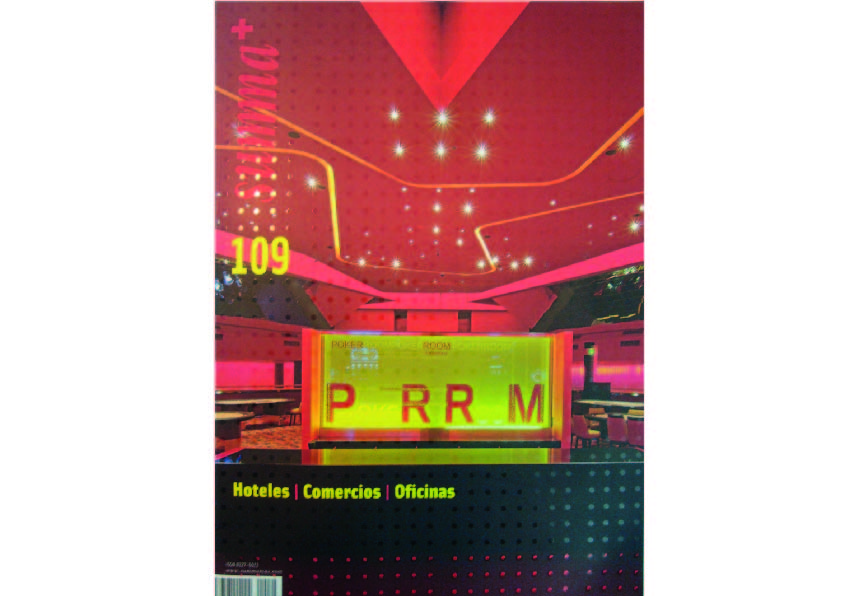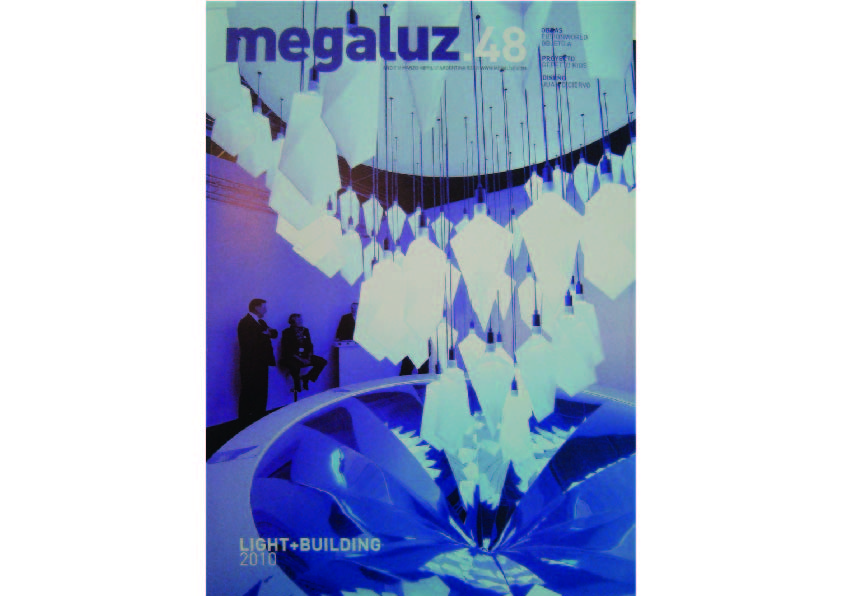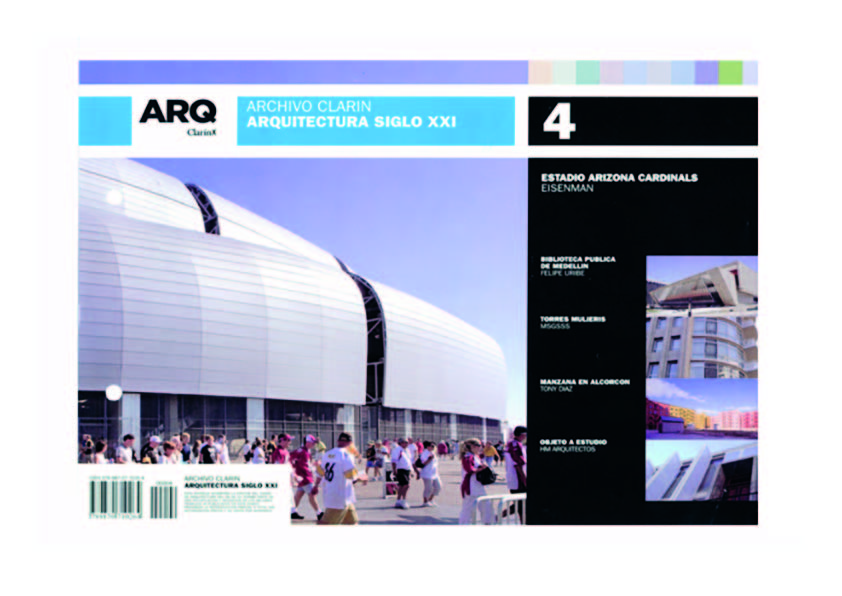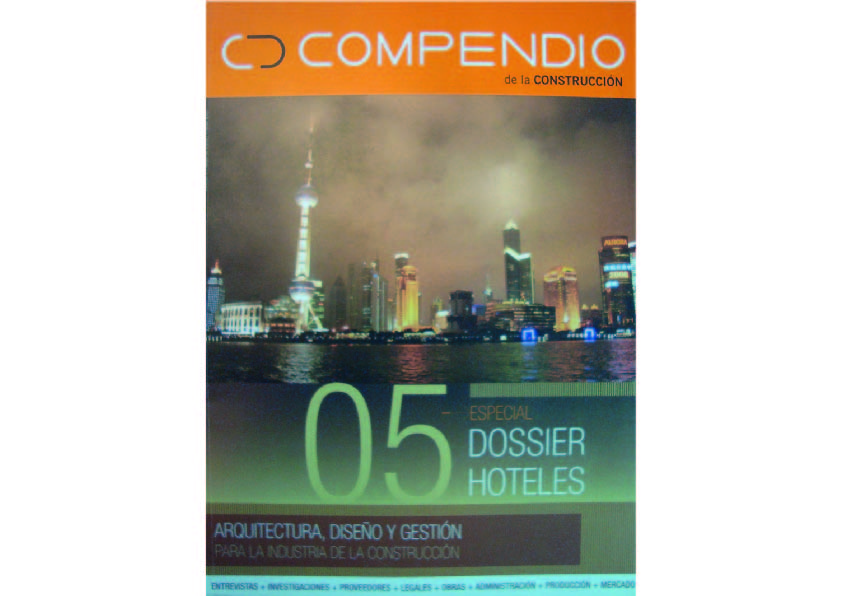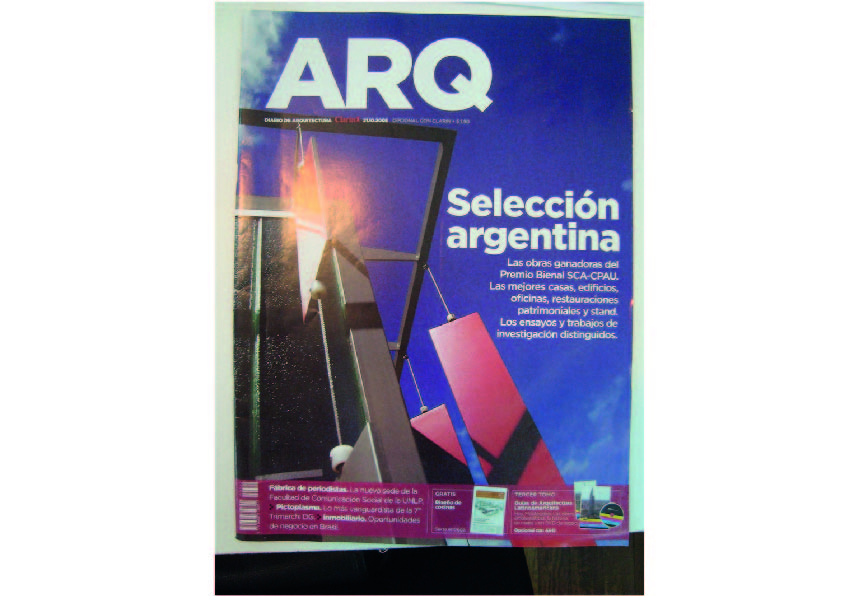The building is located on Niceto Vega Street, an artery in constant development in the Palermo neighborhood. Being always aware of the location, we always understood the importance of the building´s presence both from the perspective of both the architectonic and programmatic mark it leaves.
The speed and lights that characterize this street along with other decisive premises were analyzed when studying the proposal as a departing point to reflect upon the duality between the building proposal from its façade to the outside and that from to the inside. We therefore worked to develop the idea of the façade as an inflection point between the inner spatial search related to the static-perceptive, and the outer search that expresses the language of the dynamic, one that is totally linked to vehicular dynamism.
Starting from the decision to preserve the house´s most genuine characteristics (typically “Palermesque”) the project proposes an integration with the already existent but linking itself through the modern and contemporary while also paying homage to the original construction.
We were interested from the very beginning in reinterpreting the relation between the façade and the outside almost like a “back-light” sign operation so as to create a tension, movement, ludic dynamic, an intention of colors as an answer to the outer reality. Such operation of an agile, light and modern façade rests on the robustness and solidity of the original façade, composing a whole that is intimately related and tectonic.
As a result we have the sequence of twelve 13.77 ft. tall x 23.6 in. slender pivoting shutters made of frosted polycarbonate placed in metal frames, which allow the versatility in the façade opening, sweeping the specter from an A phase (a 100% hermetically sealed façade) to a B phase (a totally open façade). Each shutter hides a system of Leds RGB that allows to dye the façade according to the desired color and chromatic sequence.
This whole dispositive of such a contemporary style provides the final touch to the classic façade while simultaneously distinguishing itself from it through a visible strip of reinforced concrete that covers the front side to side.
